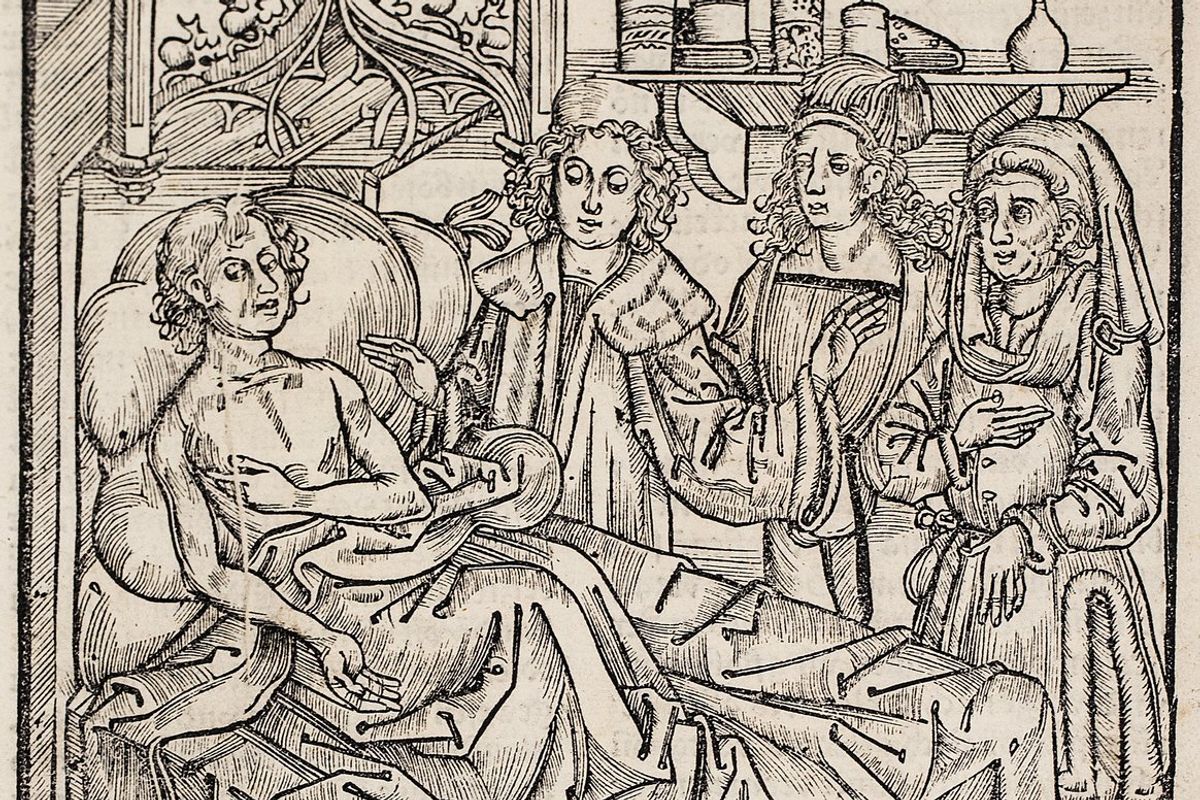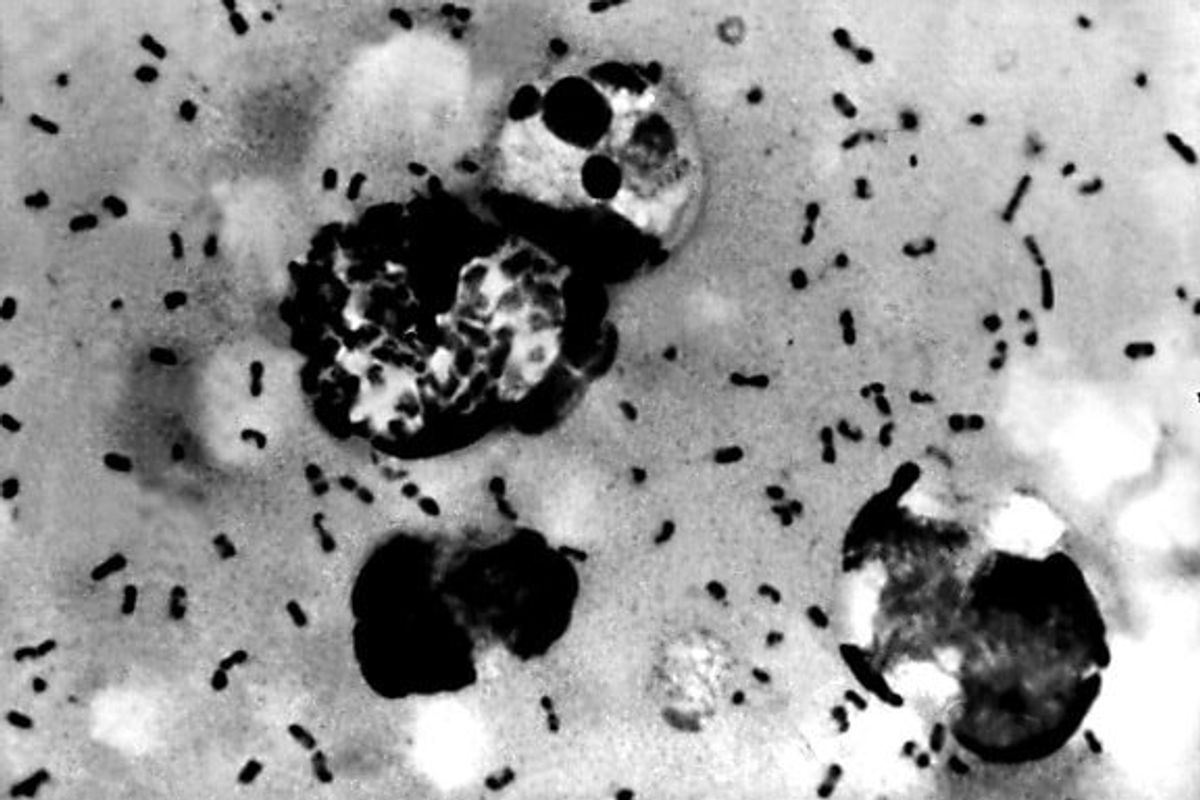Harriet Brewis
Feb 12, 2024
The 'Black Death' Plague
Backyard Media - INSH / VideoElephant
Learning about the Middle Ages in school, many of us thanked our lucky stars that the “Black Death” was no longer a thing.
The pandemic ravaged Europe between 1347 and 1351, killing between 75 and 200 million people – 30 to 50 per cent of the continent’s entire population – in a hideously painful way.
The most famous symptom was large sores caused by swollen lymph nodes, known as “buboes”, hence the name: the bubonic plague.
And whilst people no longer carry around pockets full of posies in a misguided bid to ward off the disease, we can’t resign it to the annals of history just yet.
Indeed, this is a lesson one person in Oregon learned the hard way.

The patient was left “very sick” after contracting the illness from their pet cat, a health officer in the US state, Richard Fawcett, told NBC.
Officials have not confirmed how the infection spread from the cat to its owner, but it’s possible that the animal was bitten by infected fleas, which may have then jumped onto the unsuspecting human.
Another theory is that the patient may have been in contact with the cat's contaminated fluids, as Science Alert notes.
The fact of the matter is that the bacteria behind the plague is still knocking around, causing thousands of human infections worldwide each year.
Sufferers experience a sudden onset of fever, chills, head and body aches, and weakness, vomiting and nausea, according to the World Health Organisation (WHO).
This can then develop into a serious lung-based (pneumonic) infection, or those nasty buboes – as was the case with the Oregon patient.
According to the WHO, if not diagnosed and treated within 18 to 24 hours of onset, pneumonic plague can be fatal. And it transpires, that the Oregon patient had begun coughing in hospital, which meant the disease had reached that critical stage.

The good news is that modern antibiotics are a silver bullet against the illness, which is caused by the bacterium Yersini pestis, and the patient is apparently responding well to treatment.
The plague is rare in the US, having first been identified in the country in the early 20th century, after being carried over by rats on ships.
America’s last urban plague epidemic ended in 1925, but the bacteria took refuge in rural rodent species. This means that occasional outbreaks still occur outside of major cities.
Today, most cases in the US occur in rural parts of the midwest and northwest, with around seven cases reported each year, Science Alert reports.
The last time a case was reported in Oregon was in 2015, when a girl was infected during a hunting trip. She ended up in intensive care.

Still, it's been decades since the last death from the plague was reported in the US state.
The picture isn’t quite so reassuring elsewhere, however, with the Democratic Republic of the Congo, Madagascar, and Peru listed as endemic countries by the WHO.
In fact, the disease is found in all continents except for Oceania, so none of us should be complacent.
That’s not to say that we’ll all start seeing red crosses painted on doors or doctors sporting sinister beaked masks any time soon, but this case serves as a useful reminder that pandemics can, do, and will happen again – so we should all remain vigilant.
Sign up for our free Indy100 weekly newsletter
Have your say in our news democracy. Click the upvote icon at the top of the page to help raise this article through the indy100 rankings
Top 100
The Conversation (0)













